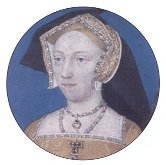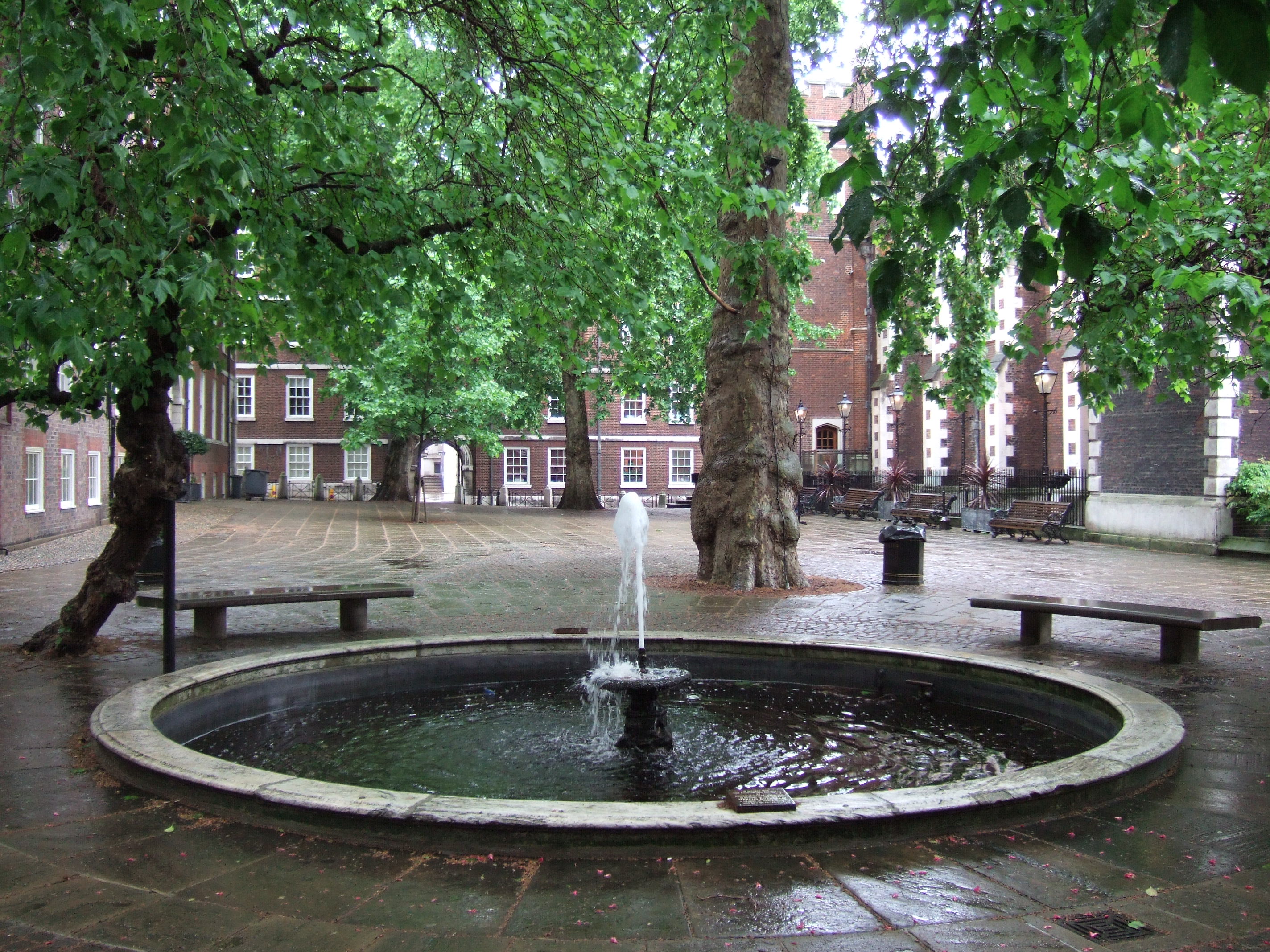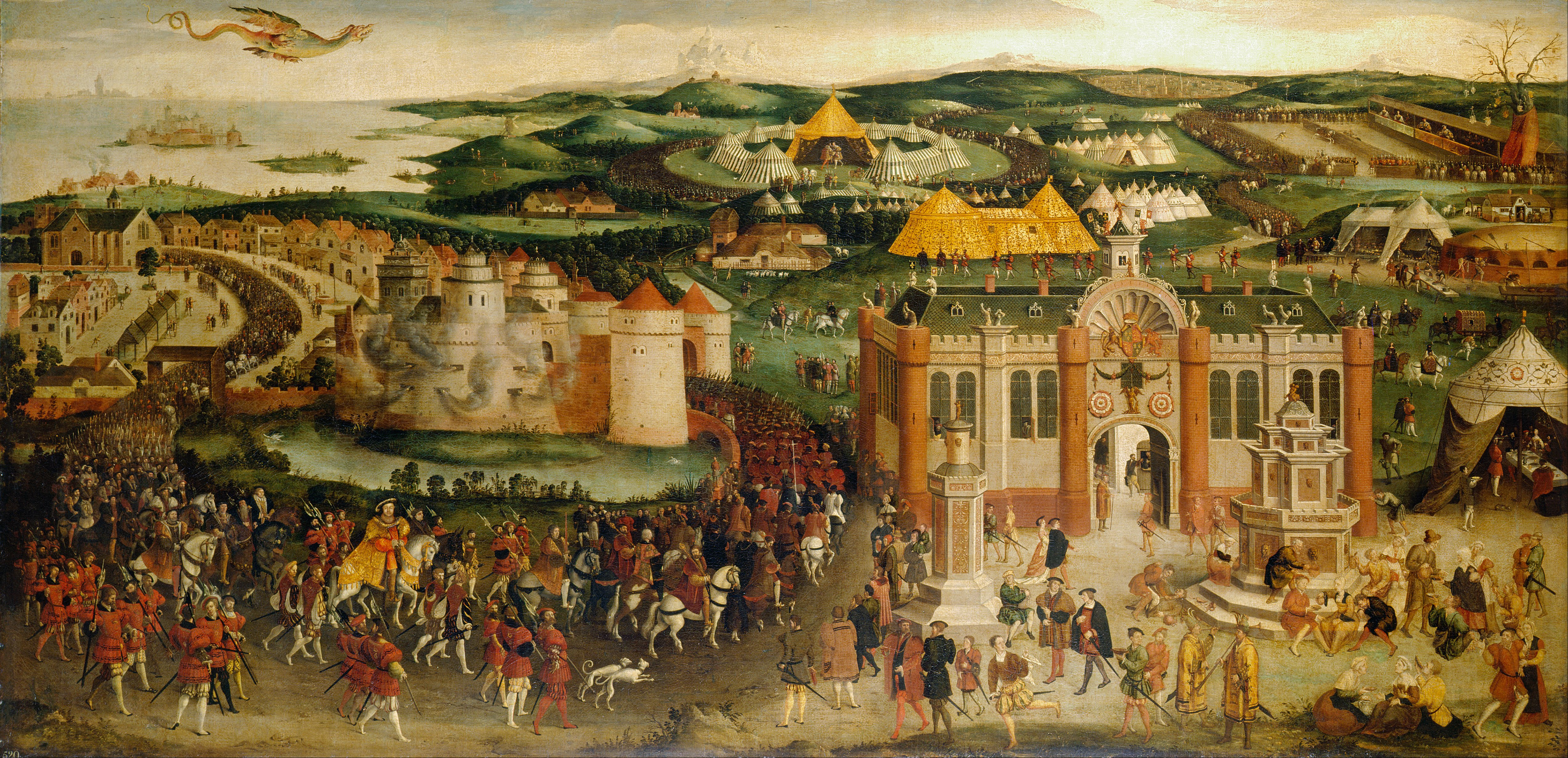|
Nicholas Wadham (1472–1542)
Sir Nicholas Wadham (before 1472 – 5 March 1542) was an kingdom of England, English landowner, courtier, politician, and civil and military administrator from Somerset. His inherited landholdings over three counties included Merryfield, Ilton, Merryfield in Ilton in Somerset, Catherston Leweston in Dorset, and Edge, Branscombe, Edge in Branscombe in Devon. Origins Born by 1472, he was the first son of Sir John Wadham (died 1481), of Merryfield, and his wife Elizabeth Stucley, daughter of Hugh Stucley (died 1457) and his wife Catherine Affeton (died 1467). His paternal grandparents were Sir John Wadham (died 1440), grandson of the judge Sir John Wadham (died 1412), and his wife Elizabeth Popham (died 1476). Career His first public appointment was as Sheriff of Somerset and Dorset in 1498, followed by a term as Sheriff of Devon in 1501. By 1503 he was attached to the royal court as an esquire of the body and, on 18 February 1504, he was knighted. From 1509 to 1520 ... [...More Info...] [...Related Items...] OR: [Wikipedia] [Google] [Baidu] |
Commissioner Of Array
A commission of array was a commission given by English sovereigns to officers or gentry in a given territory to muster and array the inhabitants and to see them in a condition for war, or to put soldiers of a country in a condition for military service. The term arrayers is used in some ancient English statutes, for an officer who had a commission of array. History Commissions of array developed from the ancient obligation of all free men to defend their tribal lands. Commissioners were usually experienced soldiers, appointed by the crown to array able bodied men from each shire. By the time of the Wars of the Roses, conscript levies were less important than troops raised by indenture. Medieval examples *A Commission of Array was established in October 1403 by King Henry IV by letters patent to raise an army to resist the Welsh rebellion of Owain Glyndŵr, who had recently captured Newport Castle. *In October 1473 there was a commission to oust the rebels who had entered St ... [...More Info...] [...Related Items...] OR: [Wikipedia] [Google] [Baidu] |
Jane Seymour
Jane Seymour (; 24 October 1537) was Queen of England as the third wife of King Henry VIII from their marriage on 30 May 1536 until her death the next year. She became queen following the execution of Henry's second wife, Anne Boleyn, who was accused by Henry of adultery after failing to produce a male heir. Jane, however, died of postnatal complications less than two weeks after the birth of her only child, the future King Edward VI. She was the only wife of Henry VIII to receive a queen's funeral; and Henry was later buried alongside her remains in St George's Chapel, Windsor Castle. Early life Jane, the daughter of Sir John Seymour and Margery Wentworth, was most likely born at Wulfhall, Wiltshire, although West Bower Manor in Somerset has also been suggested. Her birth date is not recorded; various accounts use anywhere from 1504 to 1509, but it is generally estimated at between 1508 and 1509. Through her maternal grandfather, she was a descendant of King Edward III's ... [...More Info...] [...Related Items...] OR: [Wikipedia] [Google] [Baidu] |
John Hutchins (antiquary)
John Hutchins (1698–1773) was a Church of England clergyman and English topographer, who is best known as a county historian of Dorset. Life John Hutchins was born at Bradford Peverell, Dorset, on 21 September 1698. He was the son of Richard Hutchins (died 1734), who was for many years curate there, and from 1693 rector of All Saints Church, Dorchester. His mother, Anne, died on 9 April 1707, and was buried in Bradford Peverell church. His early education was under the Rev. William Thornton, master of Dorchester Grammar School, and on 30 May 1718 he matriculated at Hart Hall, Oxford. In the next spring (10 April) he migrated to Balliol College, and graduated B.A. on 18 January 1722, but for some unknown reason became M.A. from Magdalene College, Cambridge, in 1730. Late in 1722 or early in 1723 he was ordained, and served as curate and usher to George Marsh, who from 1699 to 1737 was vicar of Milton Abbas and the master of its grammar school. In his native county Hutchins r ... [...More Info...] [...Related Items...] OR: [Wikipedia] [Google] [Baidu] |
Cardinal Wolsey
Thomas Wolsey ( ; – 29 November 1530) was an English statesman and Catholic cardinal. When Henry VIII became King of England in 1509, Wolsey became the king's almoner. Wolsey's affairs prospered and by 1514 he had become the controlling figure in virtually all matters of state. He also held important ecclesiastical appointments. These included the Archbishop of York—the second most important role in the English church—and that of papal legate. His appointment as a cardinal by Pope Leo X in 1515 gave him precedence over all other English clergy. The highest political position Wolsey attained was Lord Chancellor, the king's chief adviser (formally, as his successor and disciple Thomas Cromwell was not). In that position, he enjoyed great freedom and was often depicted as the ''alter rex'' ("other king"). After failing to negotiate an annulment of Henry's marriage to Catherine of Aragon, Wolsey fell out of favour and was stripped of his government titles. He retreated to ... [...More Info...] [...Related Items...] OR: [Wikipedia] [Google] [Baidu] |
Thomas Cromwell
Thomas Cromwell (; – 28 July 1540) was an English statesman and lawyer who served as List of English chief ministers, chief minister to King Henry VIII from 1534 to 1540, when he was beheaded on orders of the king, who later blamed false charges for the execution. Cromwell was one of the most powerful proponents of the English Reformation. As the king's chief secretary, he instituted new administrative procedures that transformed the workings of government. He helped to engineer an annulment of the King's marriage to Catherine of Aragon so that Henry could lawfully marry Anne Boleyn. Henry failed to obtain the approval of Pope Clement VII for the annulment in 1533, so Parliament endorsed the king's claim to be Supreme Head of the Church of England, giving him the authority to annul his own marriage. Cromwell subsequently charted an Lutheranism, evangelical and reformist course for the Church of England from the unique posts of Vicegerent in Spirituals and Vicar-general (the t ... [...More Info...] [...Related Items...] OR: [Wikipedia] [Google] [Baidu] |
Middle Temple
The Honourable Society of the Middle Temple, commonly known simply as Middle Temple, is one of the four Inns of Court entitled to Call to the bar, call their members to the English Bar as barristers, the others being the Inner Temple (with which it shares Temple Church), Gray's Inn and Lincoln's Inn. It is located in the wider Temple, London, Temple area of London, near the Royal Courts of Justice, and within the City of London. As a Liberty (division), liberty, it functions largely as an independent local government authority. History During the 12th and early 13th centuries the law was taught, in the City of London, primarily by the clergy. But a papal bull in 1218 prohibited the clergy from practicing in the secular courts (where the English common law system operated, as opposed to the Roman Civil law (legal system), civil law favoured by the Church). As a result, law began to be practised and taught by laymen instead of by clerics. To protect their schools from competi ... [...More Info...] [...Related Items...] OR: [Wikipedia] [Google] [Baidu] |
Edward Stafford, 3rd Duke Of Buckingham
Edward Stafford, 3rd Duke of Buckingham (3 February 1478 – 17 May 1521) was an English nobleman. He was the son of Henry Stafford, 2nd Duke of Buckingham and Katherine Woodville, Duchess of Buckingham, Katherine Woodville and nephew of Elizabeth Woodville and King Edward IV. Thus, Edward Stafford was a first cousin once removed of King Henry VIII. He frequently attended the courts of Henry VII of England, Henry VII and Henry VIII. He was convicted of treason and executed on 17 May 1521. Family Edward Stafford, born 3 February 1478 at Brecon Castle in Wales, was the eldest son of Henry Stafford, 2nd Duke of Buckingham, and Katherine Woodville, Duchess of Buckingham, Katherine Woodville (the daughter of Richard Woodville, 1st Earl Rivers, by Jacquetta of Luxembourg, daughter of Peter of Luxembourg, Count of Saint-Pol, Pierre de Luxembourg, Count of St. Pol) and was thus a nephew of Elizabeth Woodville and Edward IV. By his father's marriage to Katherine Woodville, Stafford ... [...More Info...] [...Related Items...] OR: [Wikipedia] [Google] [Baidu] |
Treason
Treason is the crime of attacking a state (polity), state authority to which one owes allegiance. This typically includes acts such as participating in a war against one's native country, attempting to Coup d'état, overthrow its government, spying on its military, its diplomats, its officials, or its secret services for a hostile foreign power, or Regicide, attempting to kill its head of state. A person who commits treason is known in law as a traitor. Historically, in common law countries, treason also covered the murder of specific social superiors, such as the murder of a husband by his wife or that of a master by his servant. Treason (i.e., disloyalty) against one's monarch was known as ''high treason'' and treason against a lesser superior was ''petty treason''. As jurisdictions around the world abolished petty treason, "treason" came to refer to what was historically known as high treason. At times, the term ''traitor'' has been used as a political epithet, regardless of ... [...More Info...] [...Related Items...] OR: [Wikipedia] [Google] [Baidu] |
Indictment
An indictment ( ) is a formal accusation that a person has committed a crime. In jurisdictions that use the concept of felonies, the most serious criminal offense is a felony; jurisdictions that do not use that concept often use that of an indictable offence, which is an offence that requires an indictment. Australia Section 80 of the Constitution of Australia provides that "the trial on indictment of any offence against any law of the Commonwealth shall be by jury". The High Court of Australia has consistently used a narrow interpretation of this clause, allowing the Parliament of Australia to define which offences proceed on indictment rather than conferring a universal right to a jury trial. Section 4G of the '' Crimes Act 1914'' provides that "offences against a law of the Commonwealth punishable by imprisonment for a period exceeding 12 months are indictable offences, unless the contrary intention appears". Canada A direct indictment is one in which the case is sent dir ... [...More Info...] [...Related Items...] OR: [Wikipedia] [Google] [Baidu] |
Charles V, Holy Roman Emperor
Charles V (24 February 1500 – 21 September 1558) was Holy Roman Emperor and Archduke of Austria from 1519 to 1556, King of Spain (as Charles I) from 1516 to 1556, and Lord of the Netherlands as titular Duke of Burgundy (as Charles II) from 1506 to 1555. He was heir to and then head of the rising House of Habsburg. His dominions in Europe included the Holy Roman Empire, extending from Germany to northern Italy with rule over the Austrian hereditary lands and Burgundian Low Countries, and Spain with its possessions of the southern Italian kingdoms of Naples, Sicily and Sardinia. In the Americas, he oversaw the continuation of Spanish colonization and a short-lived German colonization. The personal union of the European and American territories he ruled was the first collection of realms labelled " the empire on which the sun never sets". Charles was born in Flanders to Habsburg Archduke Philip the Handsome, son of Maximilian I, Holy Roman Emperor and Mary of Burg ... [...More Info...] [...Related Items...] OR: [Wikipedia] [Google] [Baidu] |
Field Of The Cloth Of Gold
The Field of the Cloth of Gold (, ) was a summit meeting between King Henry VIII of England and King Francis I of France from 7 to 24 June 1520. Held at Balinghem, between Ardres in France and Guînes in the English Pale of Calais, it was an opulent display of wealth by both kings. The summit was arranged to increase the bond of friendship between the two kings following the Anglo-French treaty of 1514. The two monarchs would meet again in 1532 to arrange Francis's assistance in pressuring Pope Clement VII to pronounce Henry's first marriage as illegitimate. Under the guidance of English Cardinal Thomas Wolsey, these European states sought to outlaw war forever among Christian peoples. The Pale of Calais, home to the meeting in Balinghem, was the final English possession in France. This territorial leftover from the Hundred Years' War caused some tensions between the English and French, as the latter preferred a location closer to the border, but topographical considerati ... [...More Info...] [...Related Items...] OR: [Wikipedia] [Google] [Baidu] |






